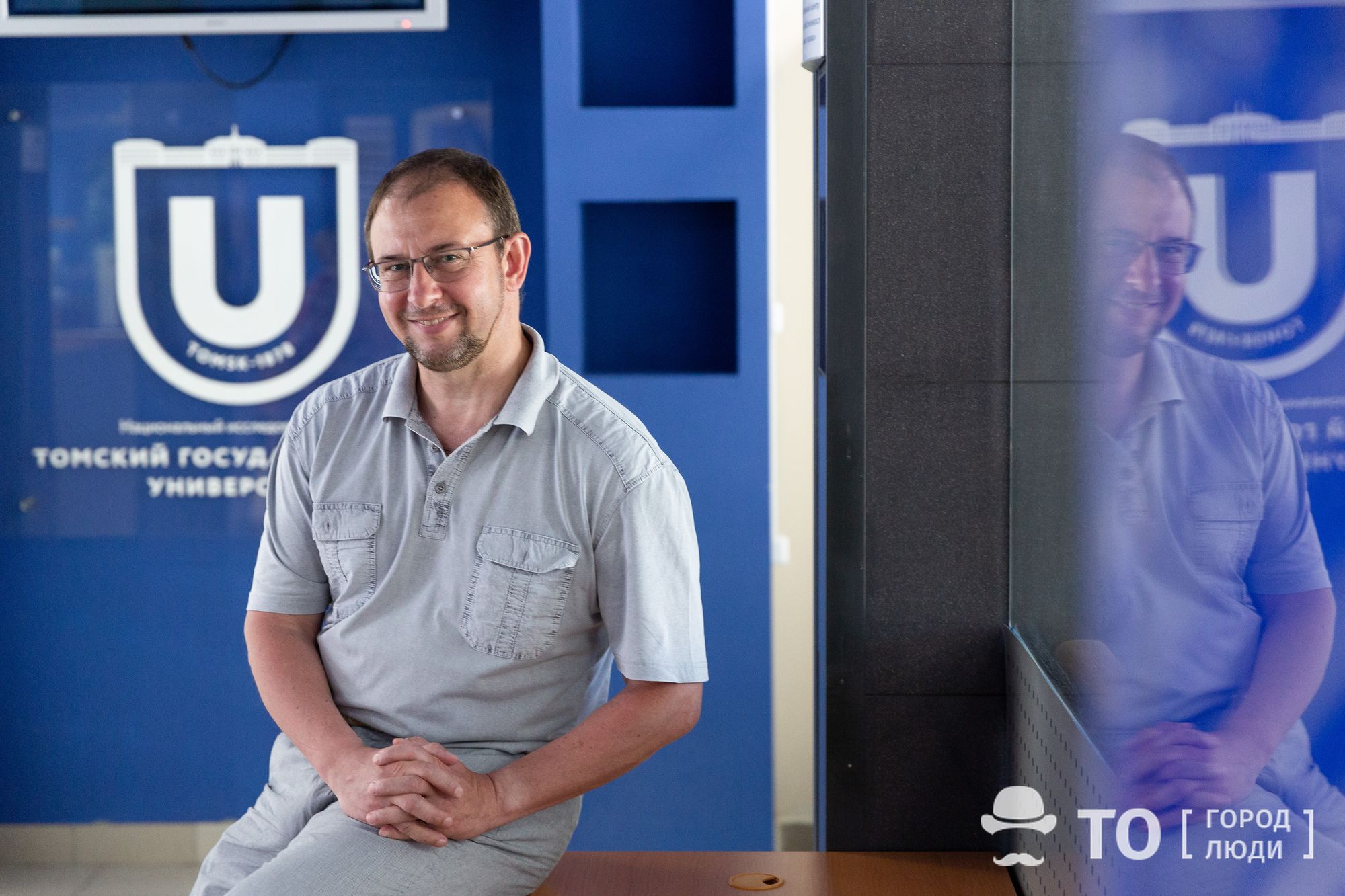It’s Greenfield time. The Center for Biomedicine and Biotechnologies is being created in Tomsk
Today, the main competitors in the education market are rather entire ecosystems, than individual players. As part of this trend, the idea of a big university combining resources and competencies of all the Tomsk universities has been finally elaborated. Tomsk is going to witness a significant breakthrough is the sphere of collaborate EdTech projects.
Tomsk State University has launched a joint educational venture, namely the Center for Biomedicine and Biotechnology, that will house scientific laboratories, a center for the collective use of biotechnological equipment, a school of engineering biology, a startups biofactory and a bioengineering center.
The project is coordinated by Alexey Sazonov, MD, an advisor to the TSU administration. He has told Tomskij Obzor why this new structure is being created, which organizations it will consist of and what all this should result in.
Siberian Greenfield
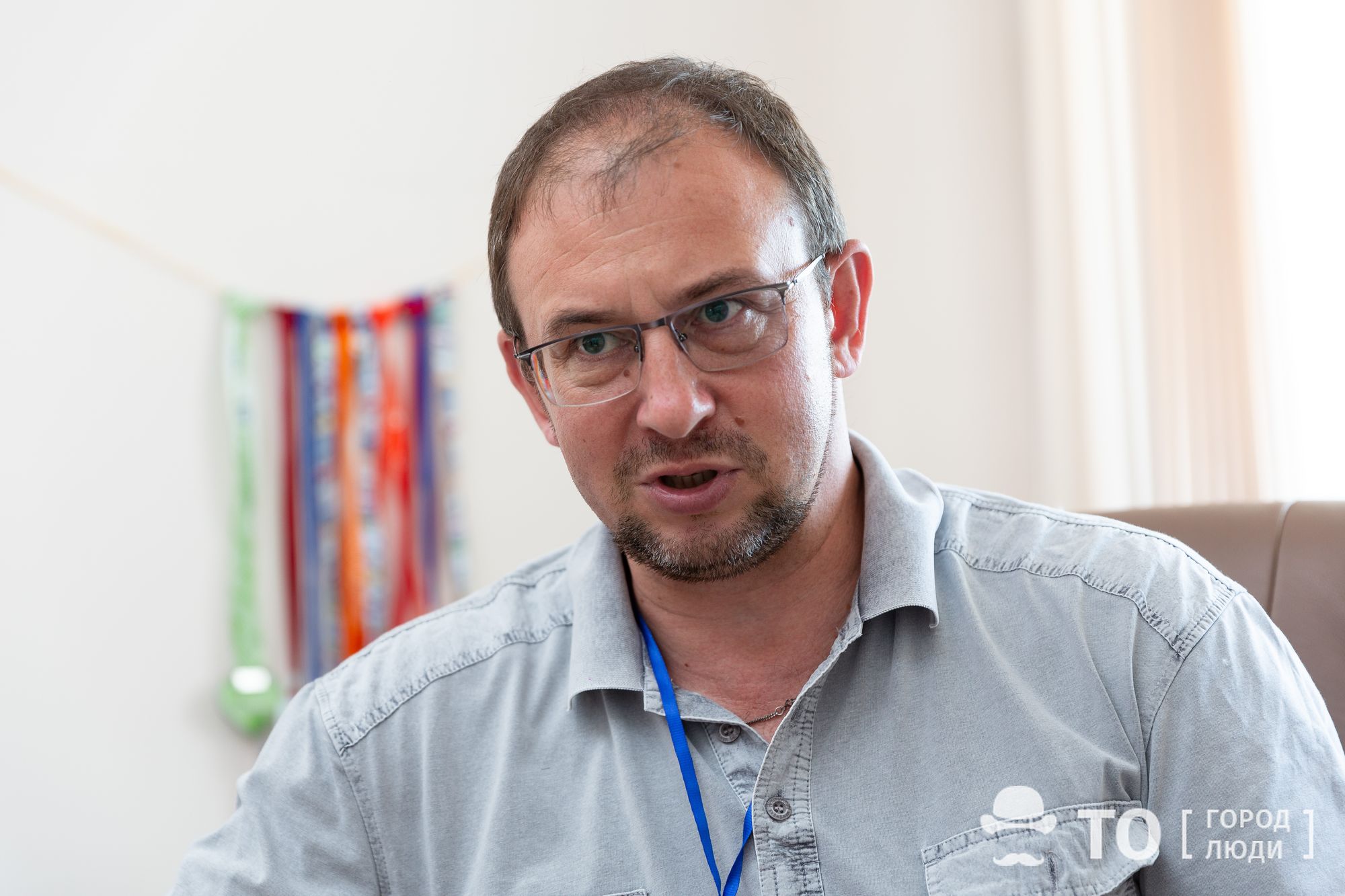
Nowadays, the educational landscape is changing all over the world, as the options for transforming traditional structures are explored worldwide. The wave of technological innovations has given birth to that very Greenfield, which exists alongside customary institutions, while the educational startups growing on this field are named EdTech projects.
There are two definitions essential for understanding modern EdTech projects. These are Brownfield and Greenfield.
The former is associated with the development of the space already mastered and implies modernization and the efficiency improvement of the existing industries and processes.
The latter is about the development of a new space, where the whole infrastructure is to be created and projects are to be implemented from scratch.
The Center for Biomedicine and Biotechnology being established in Tomsk is playing on the Greenfield, as the resources of Tomsk universities and research institutes will be combined in order to take forms of the collective use center, laboratories and educational space.
Apart from the TSU personnel, the development of the new structure is also participated by senior officers and managers of Tomsk Polytechnic University, TUSUR and NIMC. There has been no intention to establish a separate legal entity for the Center yet. Since most of the consortium participants belong to the Ministry of Education and Science, the partners face few delays when combining resources. Still, there is one more vital participant, which is Siberian State Medical University; as for now, the agreements with its management team have been already reached, but the remaining difficulty is that this university belongs to another ministry. However, this issue is surmountable.
«I think that the medical university will definitely participate in all negotiations and other activities of the center, ” says Alexey Sazonov. According to him, the whole interaction of the association participants will be legally enshrined in the relevant agreement. «I regard this as some kind of confederation. Since there are laboratories, it is clear that they should have heads. Since there is a collective use center, it should also have its own team, its conditional head. Ditto for a course of study... Of course, there must be a coordinating structure where the issues of all the partners are solved and harmonized, but the center is definitely not going to be a vertically integrated structure. So, this is decentralization combined with the opportunities strictly determined for each group. On the other hand, democracy can be of little efficiency in business processes, so some things here are factored out. For example, the Bioengineering Center is, in fact, a business venture, which, I suppose, will be established as a separate legal entity similar to ECTC. It will provide the laboratories with a steady flow of orders.»
Strategic management of the project is going to be carried out by a coordinating council, where the interests of all participants will be represented. At the same time, a supervisory board, primarily including representatives of the real sector of the economy, will be established in order to eliminate voluntarism and ensure for the Tomsk EdTech project a successful development.
Sazonov, who worked in the capital as deputy vice-rector for science at Moscow State University, developed innovations at the Russian University of Chemical Technology and supervised the Noah’s Ark project of the Russian Scientific Foundation, has a good feeling about Tomsk universities.
«The management guidance here is really adequate. Amazing it is that the administrative staff of different universities has reached such level of mutual understanding, as the whole city is shaping the big university conception. This is our main competitive advantage compared with Novosibirsk, Moscow or St. Petersburg. It is clear that any individual university or research institute in those cities I mentioned may be more promising and interesting than a separate institution in Tomsk. But the kind of combination we have in Tomsk is possible neither in Moscow nor St. Petersburg under no circumstances! In Novosibirsk it is also impossible. There are a lot of smart people, respected and strong. We have a lot of them too, but our ones are quite more mobile. If we create a good practice, it will become a prototype for others.»
As an example, Alexey mentions the experience of the Tomsk ECTC center. In the long run, the story of its formation in many ways influenced the structure and documentation of other engineering centers in the country.
«Right it is. We create the best practices!» emphasizes Sazonov.
Laboratories and Opportunities
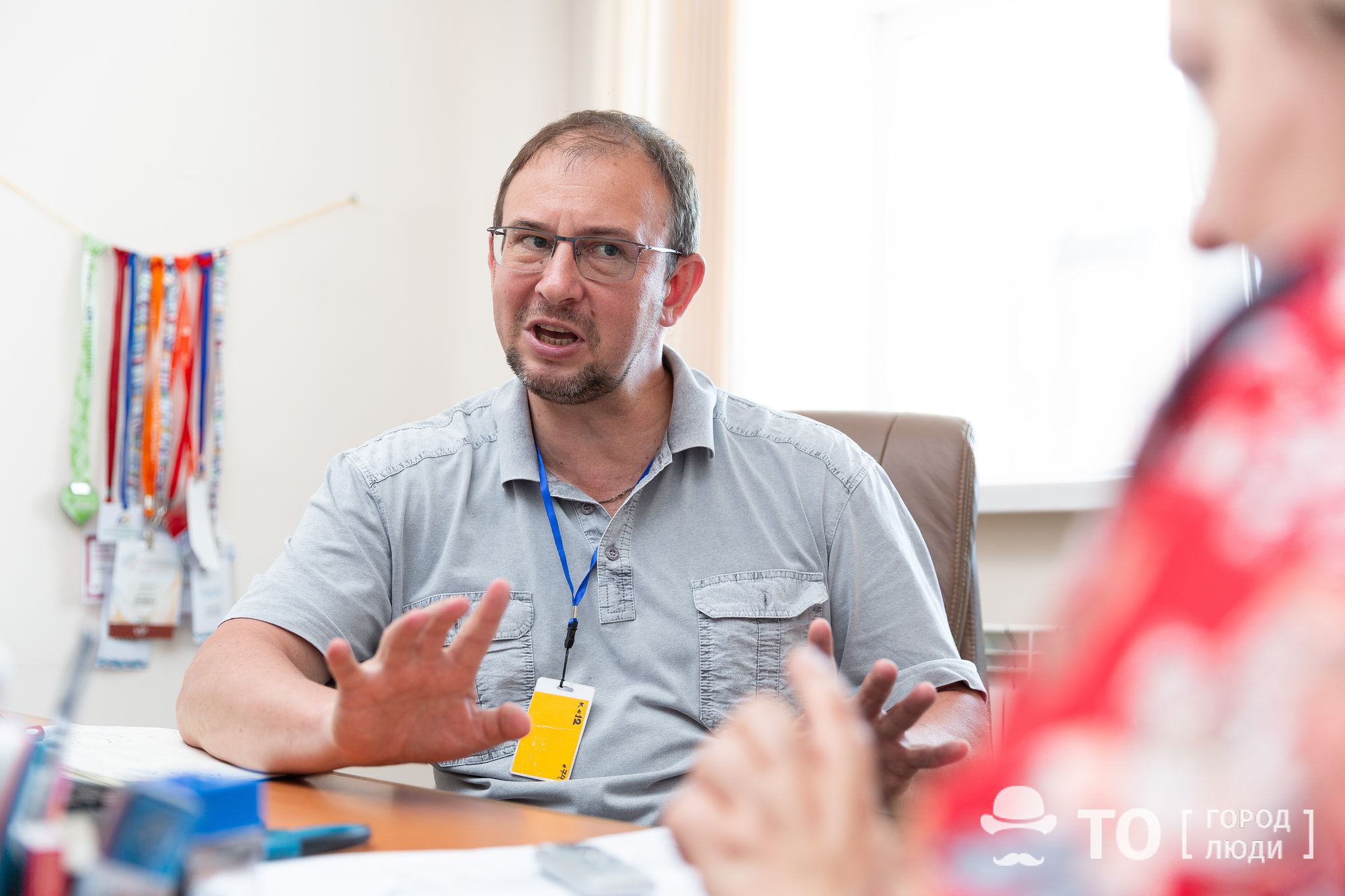
All the laboratories of the center (the presumed number is from 10 to 15) will receive their own premises meeting the requirements the legislation imposes on this type of objects. Now a specific shortlist of laboratories to be presented by each of the participating universities is being formed and discussed.
All the basic laboratories, also regarded as the core ones, are supposed to be products of the universities collaboration. For example, a laboratory for targeted delivery of biologically active substances is developed with the joint participation of TSU, TPU, SSMU and the Research Institute of Pharmacology. The list of laboratories is still open.
«This is a rather complicated combination, a fusion of different resources, ” explains Sazonov. «On the one hand, universities and research institutes already have certain laboratories. On the other hand, we are now participating in the competition for the new laboratories creation. Within the framework of this project, 9 laboratories from TSU, 3 from TPU and one from TUSUR were announced. There are certain requirements they should meet: no more than 10 people per lab, mostly youth, certain obligations, certain funding. At the same time, youth scientific teams are created on the basis of existent laboratories with a solid background. The laboratory complex must ensure the creation of a complete methodological circuit, so that the structure can solve any tasks in the field of biomedicine and biotechnology. If in some areas we occur to still lack competencies, we will take risks, play with what we have or invite specialists from other cities.
Each laboratory will be able to conduct its own experimental work, but there will also be a common collective use center, where the most complex and expensive scientific equipment will be concentrated.
This center is now being formed on the basis of the existent Medical Genomics Collective Medical Center at the Scientific Research Institute of Genetics and will be supplemented with the TSU and TPU equipment such as devices for confocal and luminescent microscopy, complex mass spectrometers, analytical chromatographs and much more. 60 percent of the equipment planned the center already has at its disposal, while the rest will be acquired soon. In particular, among the devices being discussed in terms of further acquisition are a single-photon emission computerized tomographic system and magnetic resonance imaging unit for experimental animals.
Startups in the Flow
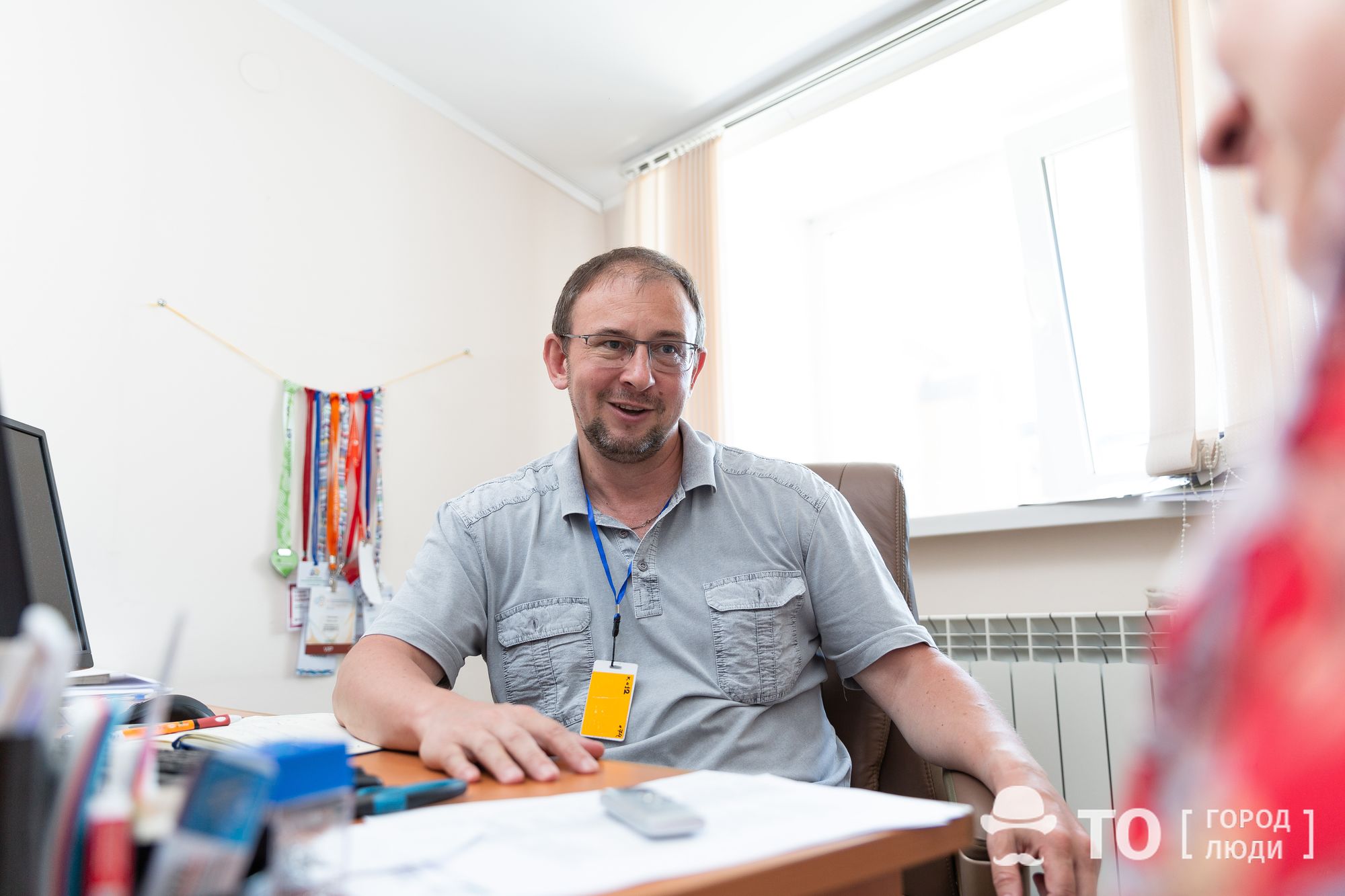
The Center for Biomedicine and Biotechnology makes a story not only about science, but about business as well. The bioengineering center being established within its framework will promote the competencies of universities, attract customers, provide the incoming orders with the project and technical documentation, manage the intellectual property results, and so on. For example, research teams of laboratories and biofactories will be able to develop and test new pharmaceuticals, cultivate varieties of agricultural plants for extreme climates and engage in bioengineering.
Also the center’s ecosystem will house a biofactory — a place that startups can enter.
«We have come up with a very simple formula. The project comes in, brings money, no matter what the source of this money is: commercial, scientific, grant, ” says Alexey Sazonov. «For a department or an institute of this type, money usually becomes a certain problem, because there are usual needs for room and tenures, all this accompanied with lots of red tape. But, by and large, there is no benefit for the department where this is done, since the grant work is carried out by the research team, while the allocations are on the university administration. We are, on the contrary, ensuring for scientists a space where they can work without being disturbed or disturbing others. Moreover, both laboratory areas and the facilities of the collective use center are available for the researchers, so you don’t need to buy any heavy tools, just do your project.»
Having completed the order, the team has three ways. It can, firstly, be dismantled and this, according to Sazonov, is normal — 90 percent of startups split up after the project is over; secondly, go into business and organize a separate legal entity; thirdly, transform into a scientific school, engaging in science and new commercial projects.
«If this is a new department, course or institute, then welcome to the university or here, to the project core, this is normal. Still, if you split up, nothing bad has happened, ” Alexey summarized. «You see, people always regard this as a tragedy, like, if they have put together a team, it must be kept together at any price. But there is nothing awful about such a breakup. Here are 12–15 laboratories, they need staff, so, please, just disperse to them. The ideal way of operation is a combination of a permanent workflow and cashflow, and this is what we aim at. Moreover, I mean not a kind of stationary flow, but exactly a dynamic one. The flow we want, the flow all the time.»
New Education
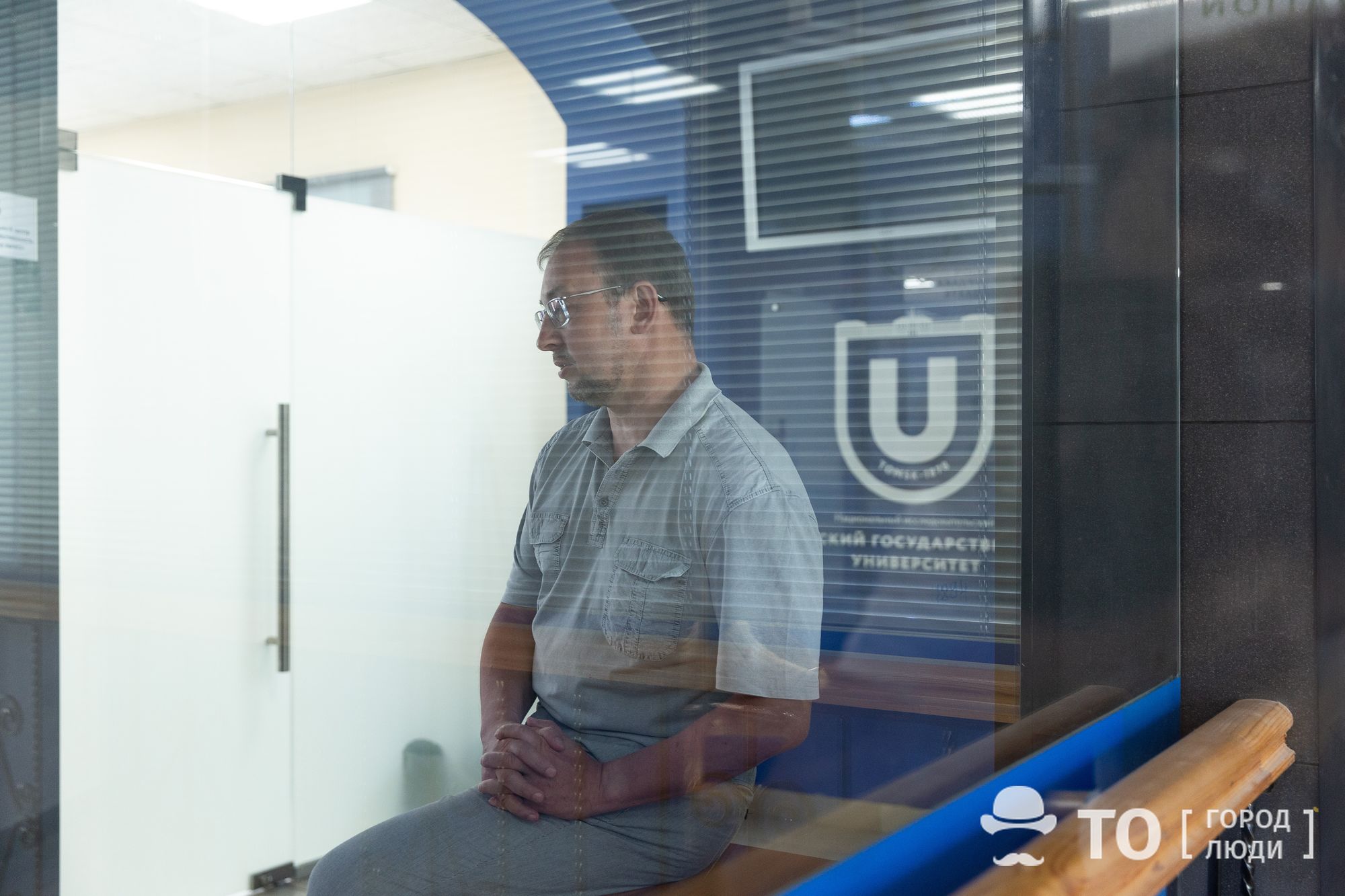
The educational unit to be implemented at the Center for Biomedicine and Biotechnology is now designated as School of Engineering Biology. This is a joint master program comprising from at least two universities up to a maximum of four. It will take the best from several universities, so it will hardly matter to its students which of these universities they will go to, since they will receive the same education.
«We assume the structure to be, approximately, as follows, ” explains Sazonov. «On the one hand, the core of the educational program will be compiled in accordance with the universal competencies of our leading universities, while the employees of our laboratories will become the main teachers in the program, in my opinion. Thus, we get many, many different fields and courses of study. On the other hand, we will have the opportunity to individualize the training, as every student will be free to choose their further academic direction. Having a certain base, they will be able to take a specialization in the areas closely tied to the operating laboratories.»
So, the staff of the laboratories of the Center for Biomedicine and Biotechnology will be required to train undergraduates, while also having an opportunity to allow the best of their students to do practical training in the lab and then to start working there. An optional educational part is also planned; it will include regular seminars, inviting foreign experts, and all kinds of round tables.
«For the time being, this seems to me to become a unique thing in Russia, ” says Alexey Eduardovich. «Even in Tomsk there are joint educational programs with the load distributed between the medical university and the polytechnic one, but the result is that the students listen a little in the former university and then listen a little in the latter one. This is quite good already. Something similar is available in Tyumen, I mean the School of Advanced Studies, but they, in fact, have everything done on the basis of a single university — the Tyumen State one. But what we are doing now is changing the whole paradigm, gathering specialists from different universities in one place. This, I think, is absolutely unique.
Industrial Partners
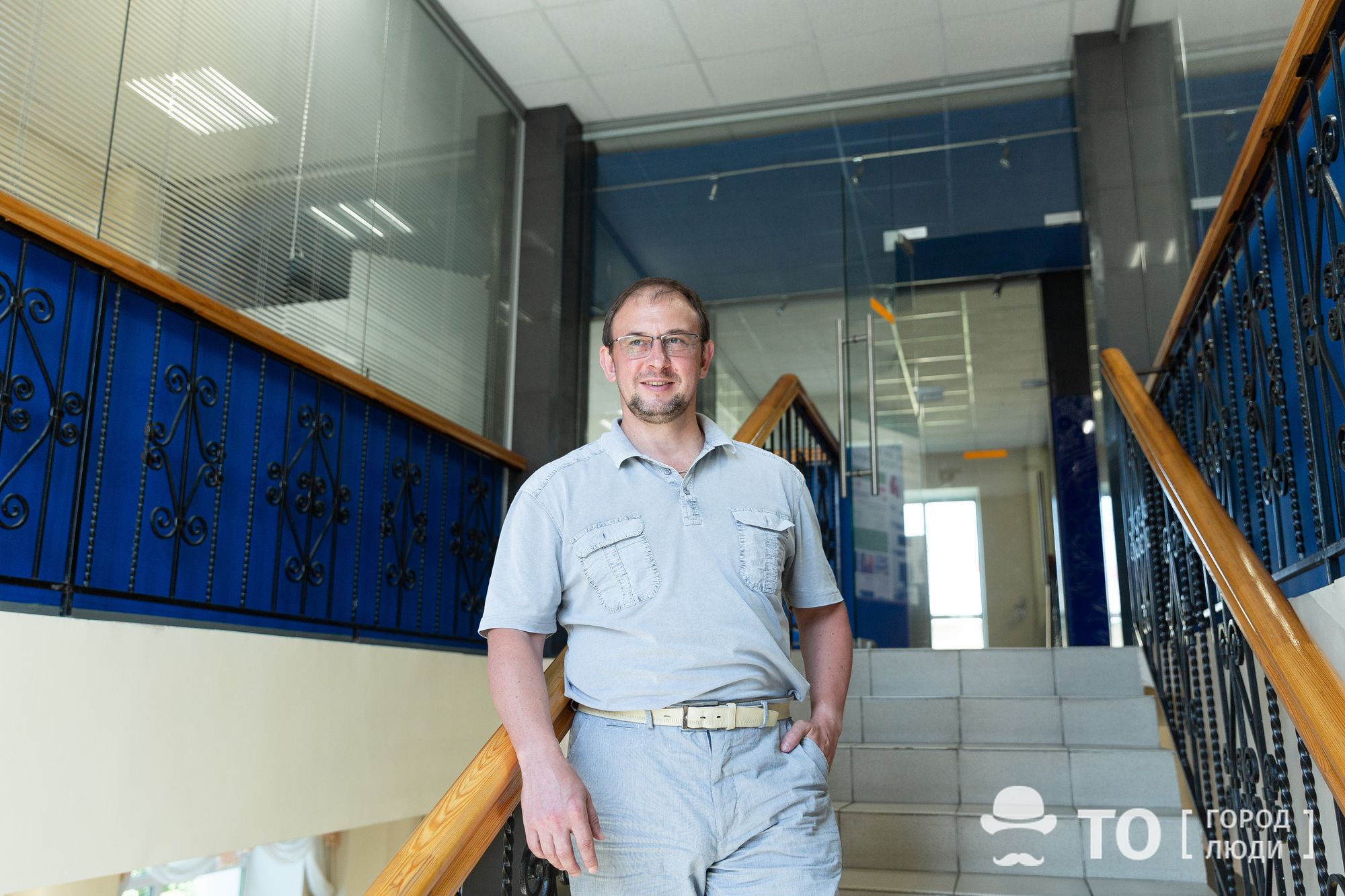
Such a complex confederative structure as the Center for Biomedicine and Biotechnology should in turn have a complex financing system. Now, having the project in its infancy, it is planned, in the course of two years, to attract 1 billion 200 million rubles from both budgetary and extrabudgetary sources. In particular, the premises renovation needs 400 millions, the same amount is needed for equipment, reagents and running costs; 200 millions are to be spent for the collective use center equipping, 150 millions for the creation of new laboratories and 50 millions for the School of Engineering Biology.
In three years, the Center’s budget is assumed to amount to 350 million rubles a year. 50 percent of financing is planned to obtain via contracts with the entities of the real sector of economy, 40 percent via grants and government orders and 10 percent via educational activities.
«A strategic industrial partner is highly desirable», — says Alexey Sazonov. «We are now negotiating with the major players in the biotechnology and medicine market and we hope to succeed. Then we will be engaged in bioengineering in the broad sense of the word. Not in vain we are creating a methodological and technological circuit to solve various tasks, ‘sell out’ our graduates, train specialists for specific areas and provide technical solutions; our scientific and educational space must generate all of this. According to my calculations, although no one believes me yet, the business ventures will be providing at least half of our funding. The government prescribes approximately the same figures»/
According to the plans for the creation of the Center for Biomedicine and Biotechnology, the year 2019 is a preparatory one, as during the year all the necessary legal and financial procedures are intended to be undergone and all the processes should be launched. In 2020, the project should already be up and running — at least in ‘alpha phase’, as Sazonov says. In 2021, it is expected to work in full force.
Text: Katerina Kajgorodova, Elena Fatkulina, Egor Hvorenkov
Translator: Mikhail S. Zyryanov
